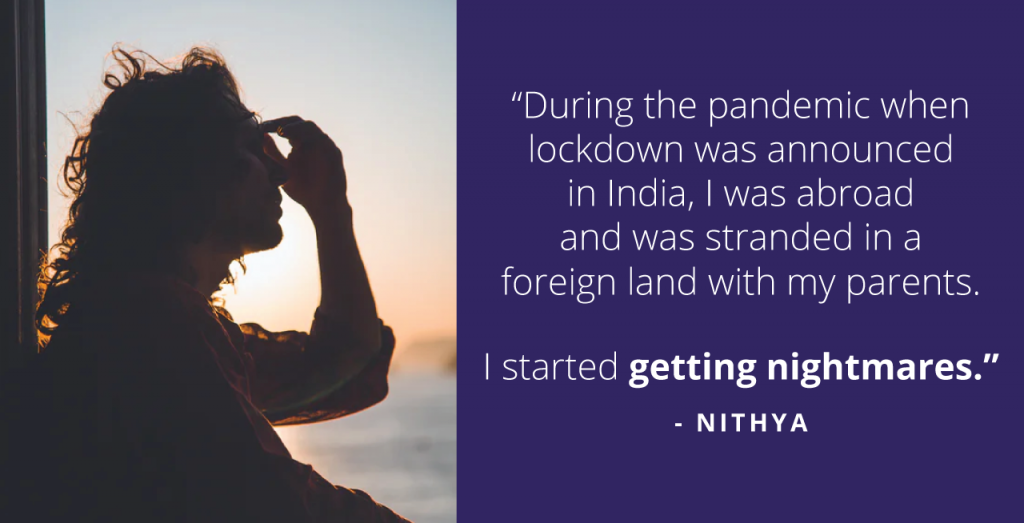Why Good People Turn Evil?
Lucifer, according to Christian lore, was God’s favorite angel who was punished and sent to hell for questioning God’s authority and trying to turn other angels against God. Thus, he transformed from being the Arch Angel to the devil. This ancient story shows that even the best of the best can fall prey to sin and turn evil. Phil Zimbardo, the author of The Lucifer Effect, demonstrates how good people can act evil, in his landmark experiment called the Stanford Prison Experiment – which is now a motion picture!
In the Stanford Prison Experiment (SPE), a mock prison environment was created, and volunteers were divided into two groups- prisoners and prison guards. The volunteers had to act like actual prisoners who were locked up for a period of time; and prison guards who were to maintain law and order among the prisoners.
However, what unfolded was a very disturbing truth about human nature and position of authority. The prison guards showed no sympathy to the prisoners and started treating them cruelly because they thought that was their job. The prisoners, in turn, became submissive and docile towards the guards after trying to rebel first. The prisoners, who initially were united, started turning against one another in return for ‘luxuries’ like food, blankets and even using a proper toilet!
What prompted the prison guards to act so cruelly? Were they bad people by nature? The author of the experiment, Phil Zimbardo, postulates that the prison guards were NOT bad people, but got swayed by their position of authority and were drunk with power. In fact, they started treating the prisoners so cruelly (beating them with mattresses, not letting them use the bathroom and one was even stripped naked in front of the other prisoners) that one prisoner had to be discharged early for having a mental breakdown and the whole experiment was called off on the sixth day.
Post the experiment, Zimbardo in his book said that there were three factors to analyze the behavior of the prison guards: person, situation, and system. He analyzed how these three impact one another to induce people to do evil things.
Basically, the author concluded that the volunteers acting as the prison guards were not bad, but they were induced to do bad things because of their position of power. And each prison guard was influenced by the cruel behavior of the other prison guards.
“We must accept that there aren’t just bad apples, but bad barrels, and in turn bad barrel makers”.
— David Newman, University of Southern California
The atrocities committed by the prison guards in the Stanford Prison Experiment are compared to the atrocities committed by the US army personnel over the Abu Gharib prisoners, during the war in Iraq. Zimbardo further adds how the whole system of prison is a failure, as it does not lead to reformation, but conditions the prisoners to become submissive during their terms and tempts them to repeat offenses once they are out.
The news that “good” people can be influenced to do bad things is not completely bleak. On the flip side, Zimbardo concludes that the same three factors mentioned above can possibly impact people to do heroic deeds as well.
Zimbardo says heroism can be defined as having four key features:
- It must be done voluntarily,
- It must involve a risk or potential sacrifice, for example, the threat of death,
- It must be conducted in service to one or more other people or the community as a whole,
- It must be without a secondary extrinsic gain anticipated at the time of the act.








